The YD-C type electro-hydraulic proportional hydraulic experimental platform is based on the YD-B type intelligent hydraulic comprehensive experimental platform, which adds electro-hydraulic proportional components such as proportional relief valve, proportional speed control valve, proportional directional valve, and is equipped with corresponding acquisition software. It adopts advanced Rexroth technology hydraulic components and unique modularity, forming a convenient system combination for plug-in, meeting the needs of higher education institutions for proportional control experimental teaching in hydraulic control; The goal is to cultivate students' hands-on, design, and comprehensive application abilities, and to enhance and strengthen their innovative design abilities.
1����、 Main body of the experimental platform: Introduction to the main components of this set of experimental platforms. In 2021, the platform was newly designed with a novel, fashionable, and technologically charming style as the theme, supported by power aesthetics and the golden ratio as the rule. Inspired by the concept of convenience and safety, the platform aims to be multifunctional and practical. It is sturdy, durable, and easy to store and use components The experimental table has enhanced functionality, and has a good visual impact on technology and fashion.
1. Experimental Workbench (Innovation Point)
1.1 The columns on both sides of the experimental platform are made of industrial grade standard aluminum magnesium alloy profiles, which are lightweight to the maximum extent while ensuring support strength. The specification size of the column is 100 * 50 * 1100 * 2mm. The surface of the column is anodized to form a thick and dense oxide film layer, which significantly changes the corrosion resistance of the column, improves hardness, wear resistance, and silver gray high-grade metal texture. The column groove is embedded with a professional customized high-quality and extremely light (30g/m) U-shaped groove strip, with a thickness of 10 * 8.6 * 6.4mm * 0.9mm. The customized label is RAL5017, which complements the silver gray column, greatly improving the appearance grade of the product and enhancing the overall sense of technology in the laboratory.
The two X-shaped support structures on the lower side of the 1.2 experimental platform are inspired by the sci-fi movie X-Men of the same name, making the product full of sci-fi atmosphere from a design perspective. The welding material is rectangular steel 100 * 50 * 2 (mm), which is cut, welded, polished, sprayed with formaldehyde free and phosphorus free 9003, and then baked at a high temperature of 200 ° C (a plastic powder testing report is required); The surface screen printing company has a proprietary English registered trademark BAIRT, and the color is also technology blue, which echoes the decorative strip of the pillar; The inclination angle of the X-shaped support structure is 62 degrees, and the height of the X-shaped intersection from the ground is about 448mm. At the same time, the screen printed trademark BAIRT letter T is precisely located at the X-shaped intersection, making the screen printed trademark BAIRT located at the overall golden ratio (0.618 ratio) of the X-shaped support structure, bringing an extremely comfortable experience in appearance.
1.3 The experimental platform can be equipped with a sliding built-in hose storage rack, which is a pioneering design in the industry. It integrates hose storage, dust prevention, and space saving into one design principle. It can move and slide along the longitudinal direction of the experimental platform, ensuring smooth and smooth operation. On the basis of fully utilizing the limited storage space of the experimental platform, optimize the convenience of taking the hose to the maximum extent. The sliding built-in hose storage rack can stay at any position and lock the current position, relying on the industrial grade sliding guide rail customized by professionals. The sliding stroke is 500mm (can be customized to 600mm according to needs), and the size of the hose storage rack is 510 * 180 * 30 (mm), with a groove width of 23mm; Carrying a weight of 20.5 kilograms, it can store nearly 40 hoses.
The aluminum alloy experimental panel in the center of the 1.4 experimental platform adopts a floating and adjustable design. The rotating O-point is designed on the upper side of the rear of the panel, so that the inclination angle of the experimental panel can be adjusted from 0 to 90 ° according to teaching needs. The appropriate inclination of the experimental panel has obvious advantages in teaching, allowing the experimental personnel to have a more comfortable operating angle during operation. At most, it can be adjusted to a horizontal angle, parallel to the ground plane, achieving the effect of using a horizontal experimental platform, Meets the comfort of human-computer friendly dialogue. The experimental panel is composed of 16 bar shaped aluminum profiles spliced together, each customized with a dedicated mold, with a specification of 1200 * 732 * 18mm. The aluminum profiles are exquisitely constructed and have locking grooves when spliced together, forming a unified whole after splicing. The front of the aluminum profile adopts a T-shaped hook groove design, which is convenient for quick placement and installation of experimental components. The surface of aluminum profiles is also subjected to anodizing treatment to improve corrosion resistance, hardness, wear resistance, and silver gray high-grade metal texture, resulting in an overall beautiful and atmospheric effect.
The middle tabletop of the 1.5 experimental platform adopts a reinforced wooden structure and is paved with a transparent crystal pad (thickness of 3mm) that is resistant to oil and easy to maintain. The moderate thickness can effectively prevent the components from accidentally falling and damaging the tabletop during the experiment; At the same time, the oil resistant and easy to maintain PVC mat has a smooth surface. Simply use a cloth to gently wipe off the oil stains on the countertop.
1.6 The storage cabinet on the lower side of the experimental platform is made of industrial standard all steel cabinet, with dimensions of 450 * 390 * 520 (mm) and a sheet metal thickness of 1 millimeter. It is made of 9003 formaldehyde free and phosphorus free spray powder+200 ° C high-temperature baking, and the surface is smooth. The three-layer pull-out structure has a large internal space and comes standard with a lock for easy storage of items. It is also equipped with two spare keys, with 800 keys not opening each other to improve safety.
1.7 The experimental platform extends its protection function and has control functions for high salt, high humidity, and regain environments, purifying the laboratory environment, improving equipment usage environment, extending equipment life, and improving operator comfort. It has a good protective effect. Suitable for a laboratory area of about 100M2 per unit, working voltage: 220V/380V, control mode: APP intelligent remote control or manual, noise below 30dB, with timing and delay functions.
1.8 Workbench size: long × wide × Height=2300mm × 650mm × 1800mm. Including gross/net weight (KG): 450/385KG
2�、 Product Introduction:
1. Rated working pressure of hydraulic pump station system: 6.3Mpa. (Up to 7Mpa maximum)
1.1 Motor pump device (1 unit) Motor: three-phase AC voltage, power 1.5Kw, speed 1450r/min. Variable vane pump: unidirectional, nominal displacement 6.67mL/r, volumetric efficiency 90%;
1.2 The nominal volume of the fuel tank is 40L; Equipped with liquid level and oil temperature indicators, oil suction and return filters, safety valves, etc.
2. The commonly used hydraulic components are mainly Beijing Huade hydraulic components, and the configuration is detailed in the configuration list. Each hydraulic component is equipped with an oil transition bottom plate, which allows for easy and flexible placement of hydraulic components on aluminum alloy panels.
3. The electrical measurement and control unit can be equipped with a split modular structure, with each module having independent functions. In the experiment, the required modules can be freely selected according to needs. Common modules include: power module, pump control module, relay module, button module, PLC module, etc. Product standard configuration: Siemens S7-200, SMART series, SR20, relay output. Customers can choose the PLC brand they need according to their own needs.
4. The data procurement unit adopts a well-known domestic testing and analysis system, which completes hydraulic experiments through a series of automated actions such as flow rate, pressure, power, speed, time, and temperature measurement, computer human-machine interface, computer intelligent data acquisition, analysis, processing, automatic production reports, curves, etc. This experimental platform is a newly designed intelligent hydraulic transmission experimental platform, which is a model for achieving full automation in hydraulic experiments.
5. Experimental bench functions
5.1. Performance testing of commonly used hydraulic components:
1) Hydraulic pump performance testing (static, dynamic)
2) Performance testing of relief valve (static, dynamic)
3) Performance testing of throttle valves and speed control valves
4) Performance testing of pressure reducing valves (static, dynamic)
5) Damping hole performance test (optional)
5.2. Hydraulic transmission basic circuit experiment: (45 types of circuits) Direction control circuit, manual reversing valve, reversing circuit, three-way four-way electromagnetic reversing valve, reversing circuit, two way four-way electromagnetic reversing valve, reversing circuit, automatic retraction circuit, pressure relay control, two-way four-way electromagnetic reversing valve, three-way reversing valve, reversing circuit, starting and stopping circuit of two-way two-way two-way valve, starting and stopping circuit of two-way three-way valve, pressure control circuit, single-stage regulating circuit, two-stage regulating circuit, multi-stage regulating circuit, reversing valve The unloading circuit of the relief valve, the one-way back pressure circuit of the pressure reducing valve, the pressure reducing circuit sequence valve, the balance circuit of the pilot relief valve, the unloading circuit of the pilot relief valve, the locking circuit of the O-type directional valve, the locking circuit of the M-type directional valve, the one-way pressure maintaining self-locking circuit of the hydraulic control one-way valve, the two-way pressure maintaining self-locking circuit of the hydraulic control one-way valve, the isolation pressure fluctuation stabilizing circuit of the pressure stabilizing circuit of the hydraulic control one-way valve, the pressure maintaining circuit of the relief valve, and the bidirectional pressure adjustment of the buffering circuit of the hydraulic control one-way valve Circuit two position two way solenoid valve unloading circuit speed control circuit throttle valve oil inlet throttle speed control circuit (one-way) throttle valve return oil throttle speed control circuit (one-way) throttle valve bypass throttle speed control circuit (one-way) throttle valve oil inlet throttle speed control circuit (two-way) throttle valve return oil throttle speed control circuit (two-way) throttle valve bypass throttle speed control circuit (two-way) speed control valve oil inlet throttle speed control circuit (one-way) Speed control valve return oil throttle speed control circuit (one-way) Speed control valve bypass throttle speed control circuit (one-way) Speed control valve inlet oil throttle speed control circuit (two-way) Speed control valve return oil throttle speed control circuit (two-way) Speed control valve bypass throttle speed control circuit (two-way) The speed switching circuit of the speed control valve short circuited, the speed switching circuit of the throttle valve short circuited, the one-way synchronous circuit controlled by the speed control valve, the one-way synchronous circuit controlled by the throttle valve, the differential circuit controlled by the throttle valve, the two-way synchronous circuit, the sequential action circuit controlled by the proximity switch, the sequential action circuit controlled by the valve, the sequential action circuit controlled by the pressure relay, and the sequential action circuit controlled by the pressure relay
5.3. Proportional hydraulic related experiments
5.3.1 Proportional relief valve experimental project:
1�、 Static characteristics 1. Steady state pressure control characteristics
2. Steady state load characteristics (pressure flow characteristics)
3. Pressure offset and pressure oscillation (pressure regulation deviation and pressure vibration)
2����、 Dynamic characteristics (electrical feedback, valve core position signal as output signal)
1. Frequency response (frequency domain characteristics)
2. Transient response (step response of input signal) (time-domain characteristics)
3. Load flow step response characteristics (hydraulic pump experiment needs to be turned on)
5.3.2 Experimental items for proportional speed control valves:
1�����、 Static characteristics
1. Steady state flow control characteristics
2. Steady state load characteristics (pressure flow characteristics)
2����、 Dynamic characteristics (electrical feedback, valve core position signal as output signal)
1. Frequency response (frequency domain characteristics)
2. Transient response (step response of input signal) (time-domain characteristics)
5.3.3 Experimental items for proportional directional valve:
1���、 Static characteristics
1. Steady state flow control characteristics under constant valve pressure drop ()
2. Load flow characteristics (output flow load pressure difference PL (PA-PB/P1-p2) characteristics)
3. Output flow rate valve pressure drop (PS-PL) characteristics 4. Pressure and input signal characteristics (pressure gain characteristics)
2、 Dynamic characteristics (electrical feedback, valve core position signal as output signal)
1. Frequency response (frequency domain characteristics)
2. Transient response (step response of input signal) (time-domain characteristics)
3�、 Valve controlled cylinder position closed-loop experiment
4、 Valve controlled cylinder pressure closed-loop experiment
5�、 Valve controlled cylinder frequency vibration experiment
6、 Valve controlled motor speed closed-loop experiment (optional)
5.4. Programmable Logic Controller (PLC) electrical control experiment, in the form of electromechanical hydraulic integrated control experiment.
1) Learning PLC instruction programming and ladder diagram programming
2) Learning and Using PLC Programming Software
3) Communication between PLC and computer, online debugging and monitoring
4) Optimization of PLC for Hydraulic Transmission Control
5.5. Equipped with excavator simulation mechanism (optional parts) (provide on-site operation video of hydraulic excavator simulation mechanism)
1) Observation, disassembly and assembly of various components in hydraulic transmission, and learning and analysis of hydraulic control system principles.
2) Hydraulic excavator demonstration control experiment.
① Excavation operations, bucket and stick composite work experiments;
② The position and height of the boom can be adjusted simultaneously for unloading operations, bucket operation, and bucket operation.
5.6. Equipped with loader simulation mechanism (optional part) (provide on-site operation video of hydraulic loader simulation mechanism)
1) Observation, disassembly and assembly of various components in hydraulic transmission, and learning and analysis of hydraulic control system principles.
2) Hydraulic loading machinery demonstration control experiment.
① Loading operation, after the bucket is loaded, the rocker arm cylinder extends to reverse the bucket and lift the boom;
② Unloading operation, bucket unloading (rocker arm retracted, causing bucket to turn), boom lowering.
5.7. Students design and assemble extended hydraulic circuit experiments independently; (Expandable to hundreds of experiments)
6. Programmable Logic Controller (PLC) electrical control experiment, mechatronic and hydraulic integrated control experimental form;
1) Learning instruction programming for PLC and ladder diagram programming
2) Learning and using PLC programming software
3) Communication between PLC and computer, online debugging and monitoring
4) Optimization of hydraulic transmission control by PLC



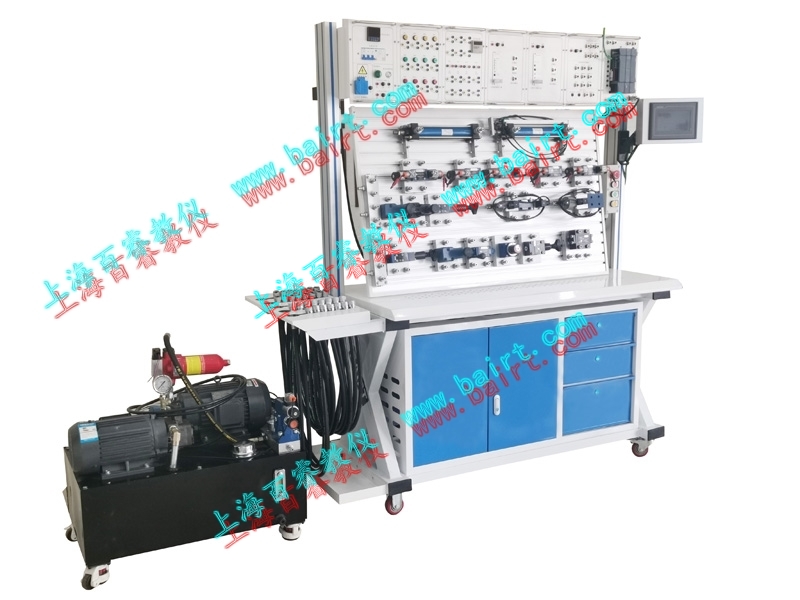
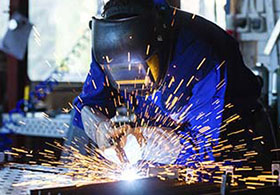
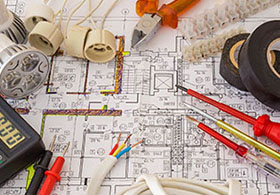


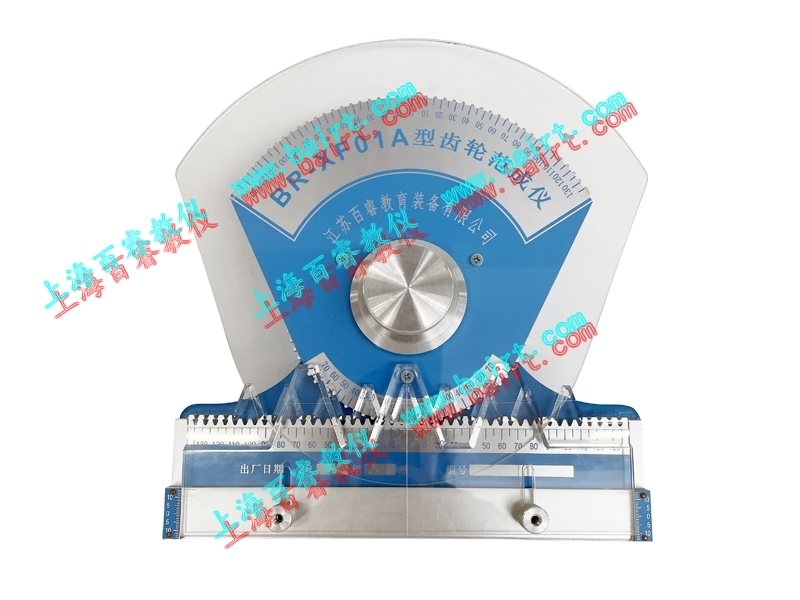
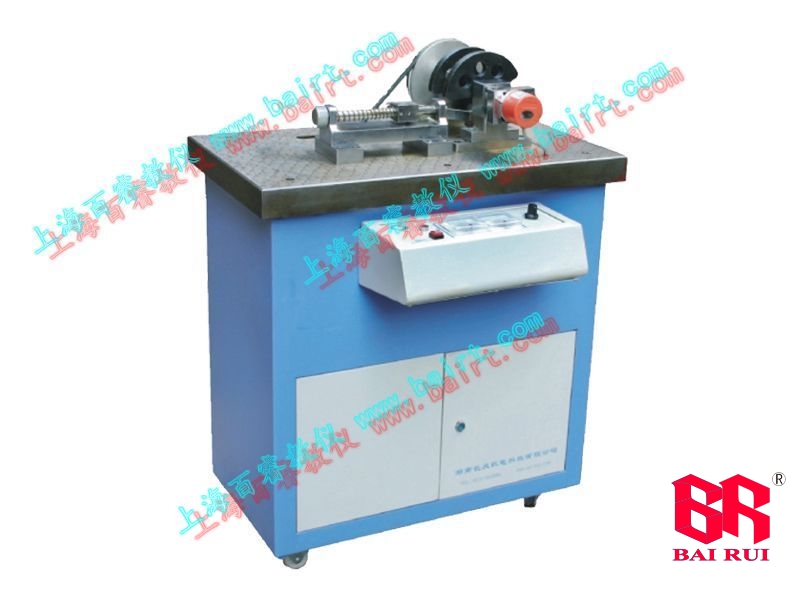
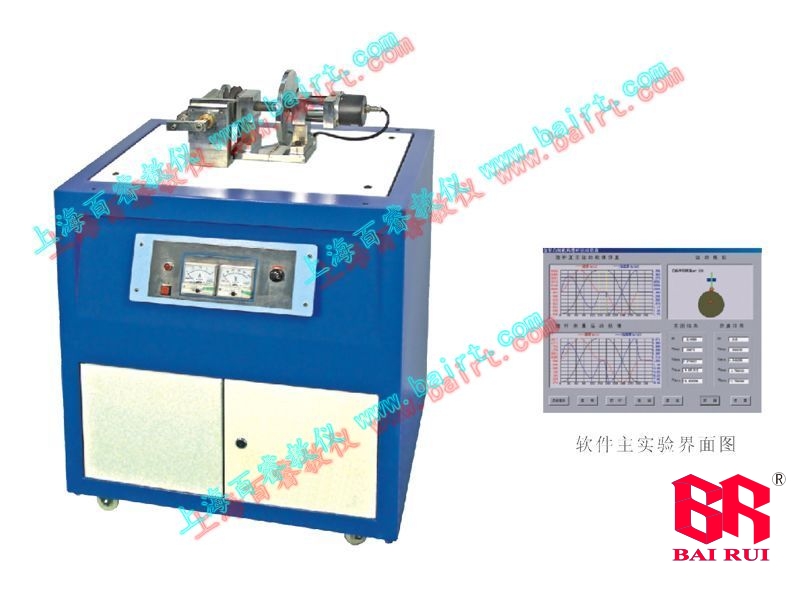
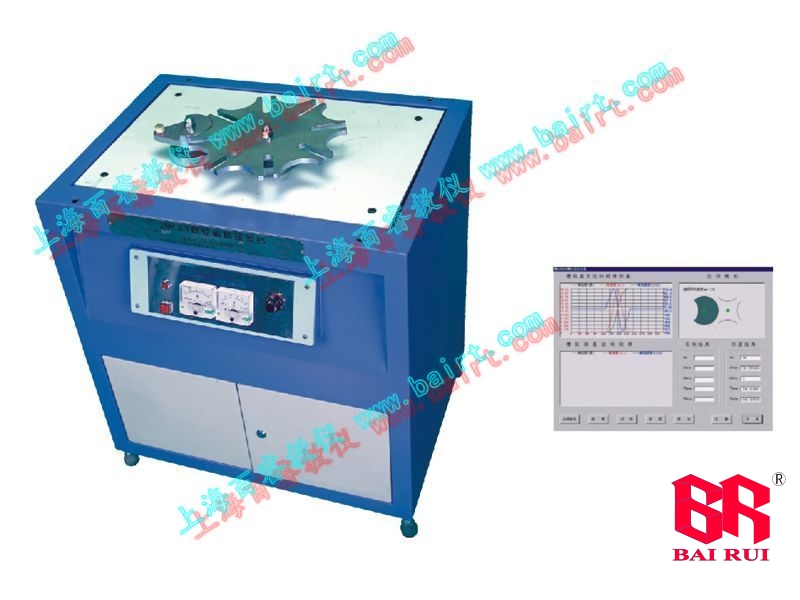
 Return to homepage
Return to homepage Immediately call for consultation
Immediately call for consultation About Us
About Us Immediately consult online
Immediately consult online